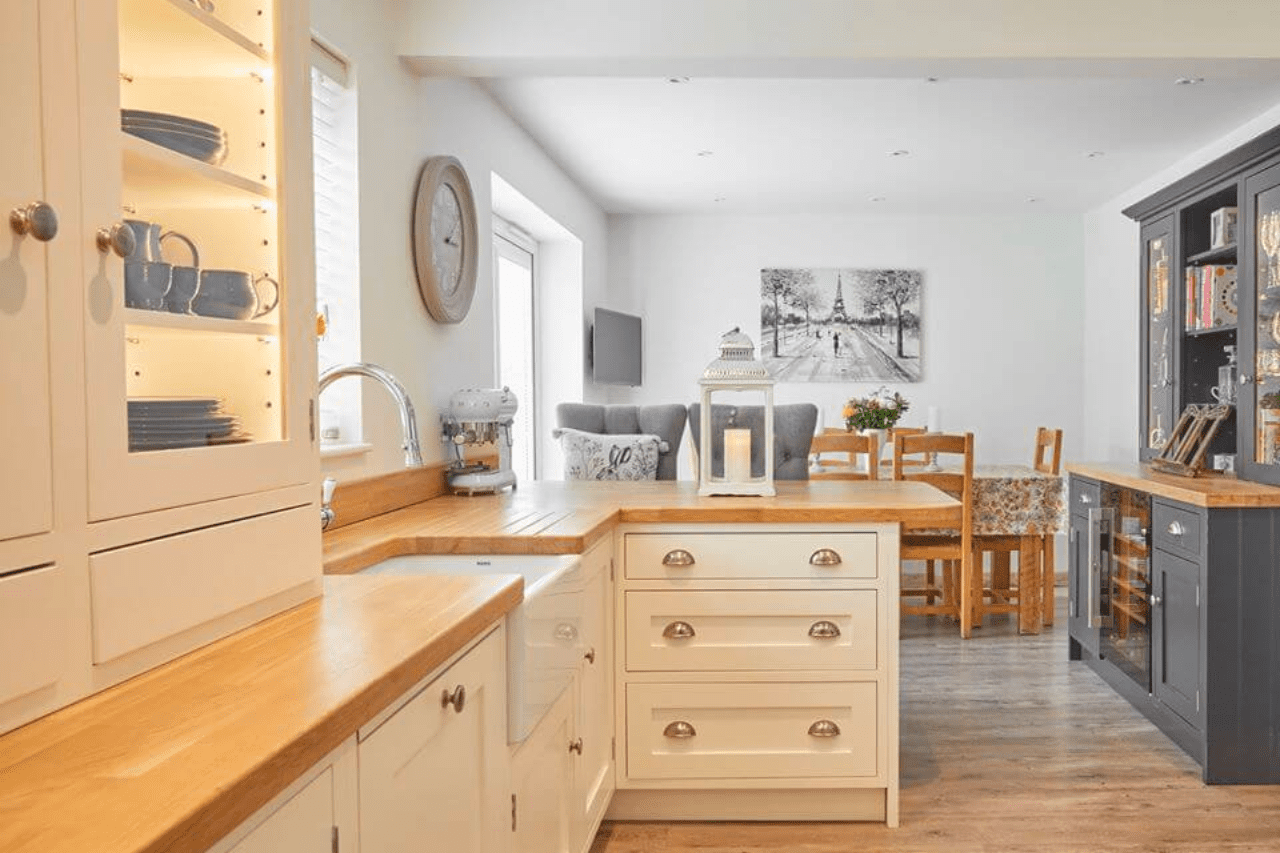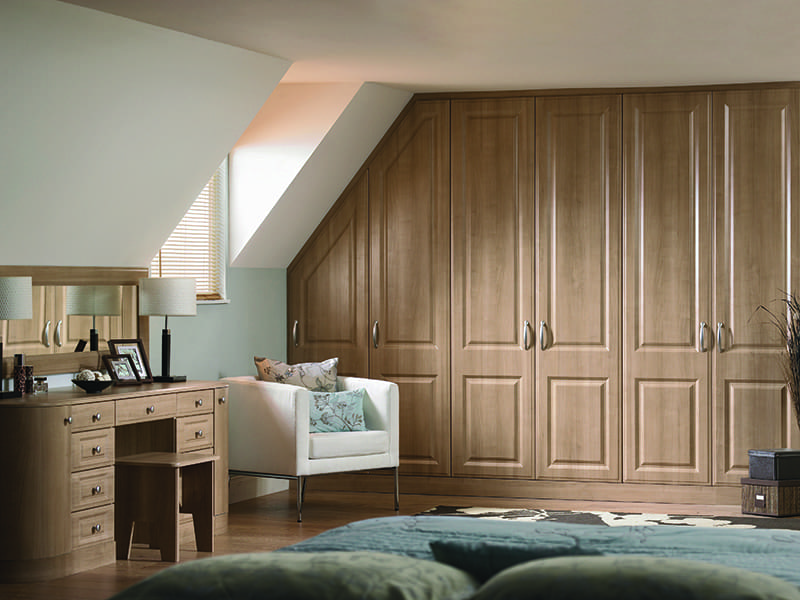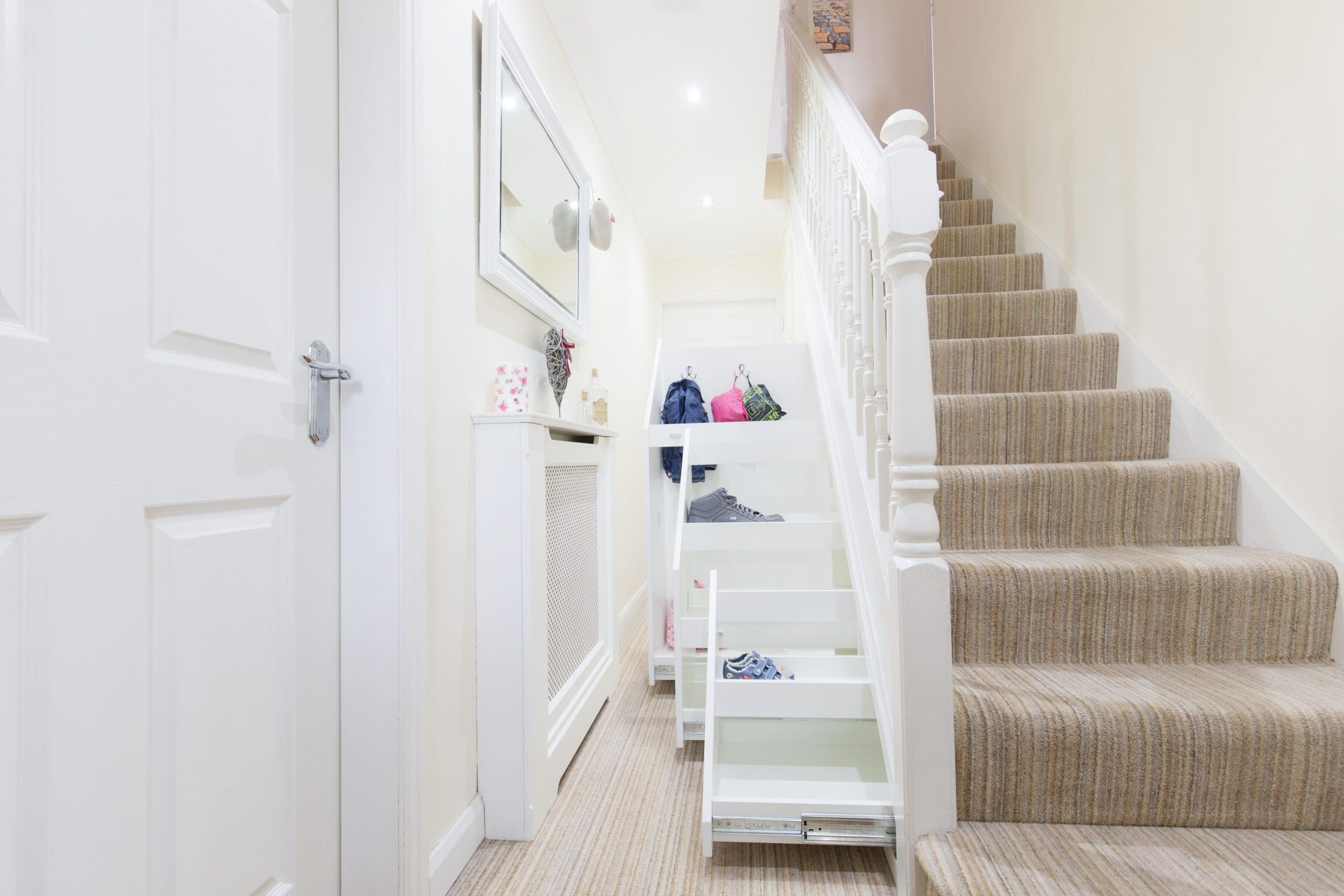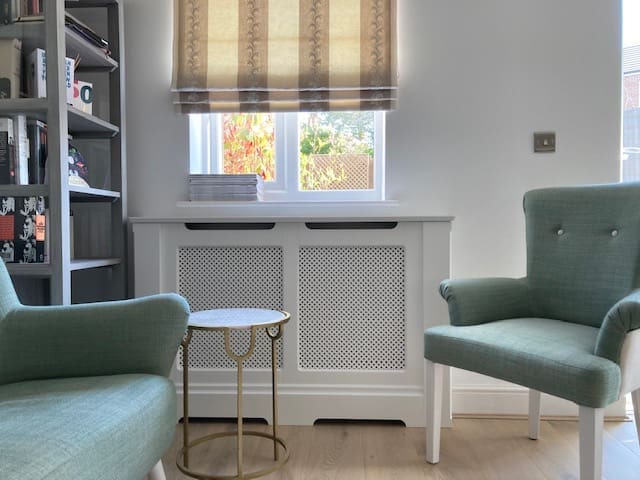Investing in bespoke furniture is a decision that adds unparalleled beauty and functionality to your home. But to ensure your custom pieces stand the test of time, it’s essential to know how to care for and maintain bespoke furniture. In this comprehensive guide, we’ll walk you through the steps to keep your bespoke furniture looking as stunning as the day it was crafted.
1. Dusting and Cleaning: Keep Your Bespoke Furniture Gleaming
Dust and dirt can accumulate on your bespoke furniture, dulling its beauty over time. To prevent this, dust your furniture regularly using a soft, lint-free cloth. For cleaning, use a mild, non-abrasive cleaner specifically designed for wood, metal, or upholstery, depending on your furniture’s material.
2. Protecting Wooden Surfaces: Longevity through Preservation
Wooden bespoke furniture demands special care. To protect the finish and prevent scratches, use coasters under glasses and placemats under dishes. For hardwood, consider occasional professional refinishing to ensure it stays in top condition.
3. Upholstery Maintenance: Keeping Fabric Fresh and Clean
Regularly vacuum your upholstery to remove dust and debris. In case of spills, blot the stain at once with a clean, dry cloth. For deeper cleaning, consult a professional upholstery cleaner to maintain the fabric’s integrity.
4. Metal and Glass Care: Shimmering Surfaces that Last
For bespoke furniture with metal or glass elements, a gentle cleaner is your best friend. Avoid abrasive materials that can scratch or tarnish surfaces. Apply a proper protective coating to metal components to prevent corrosion. Glass surfaces can be kept clean with a glass cleaner or a mixture of vinegar and water.
5. Protection from Sunlight and Humidity: Preserving Beauty in All Seasons
Direct sunlight and extreme humidity can damage your bespoke furniture. Position your pieces away from direct sunlight or use window treatments to block harmful UV rays. Maintain a consistent indoor humidity level to prevent wood from warping and upholstery from molding.
6. Regular Inspections: Spotting and Addressing Issues Early
Regularly inspect your bespoke furniture for any signs of wear or damage. Address issues promptly to prevent them from worsening. Tighten loose screws, fix wobbly legs, and address any structural concerns at once. This proactive approach can extend the lifespan of your custom pieces.
Caring for and maintaining your bespoke furniture is not just about preserving its beauty – it is an investment in the long-term durability and functionality of these unique pieces. By following these simple steps, you can ensure that your custom furniture continues to enhance your home for years to come.
Whether it’s wood, metal, glass, or upholstery, every material requires its own specific care regimen. With a little attention and care, your bespoke furniture can remain the centerpiece of your home, radiating style and elegance for generations!





